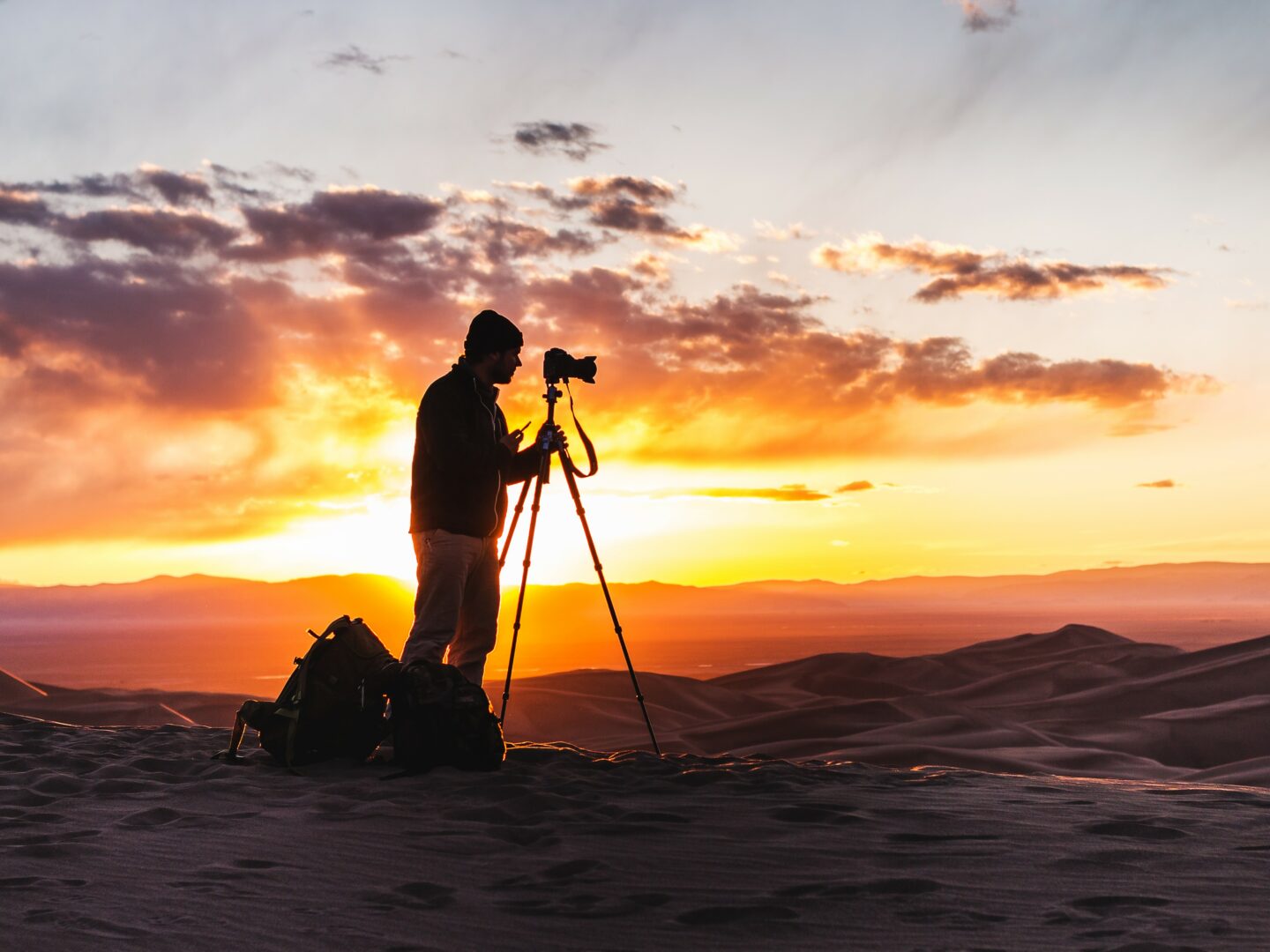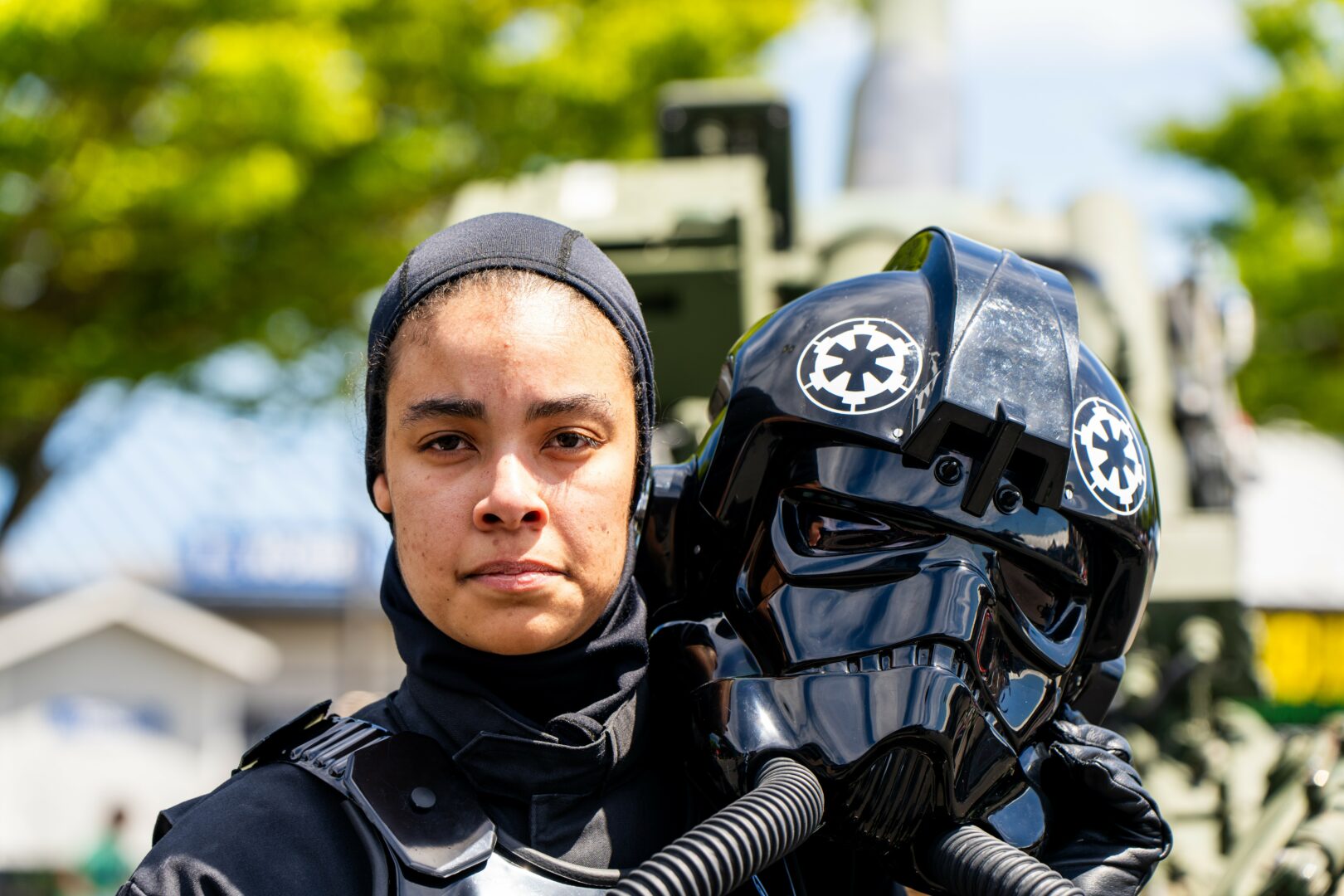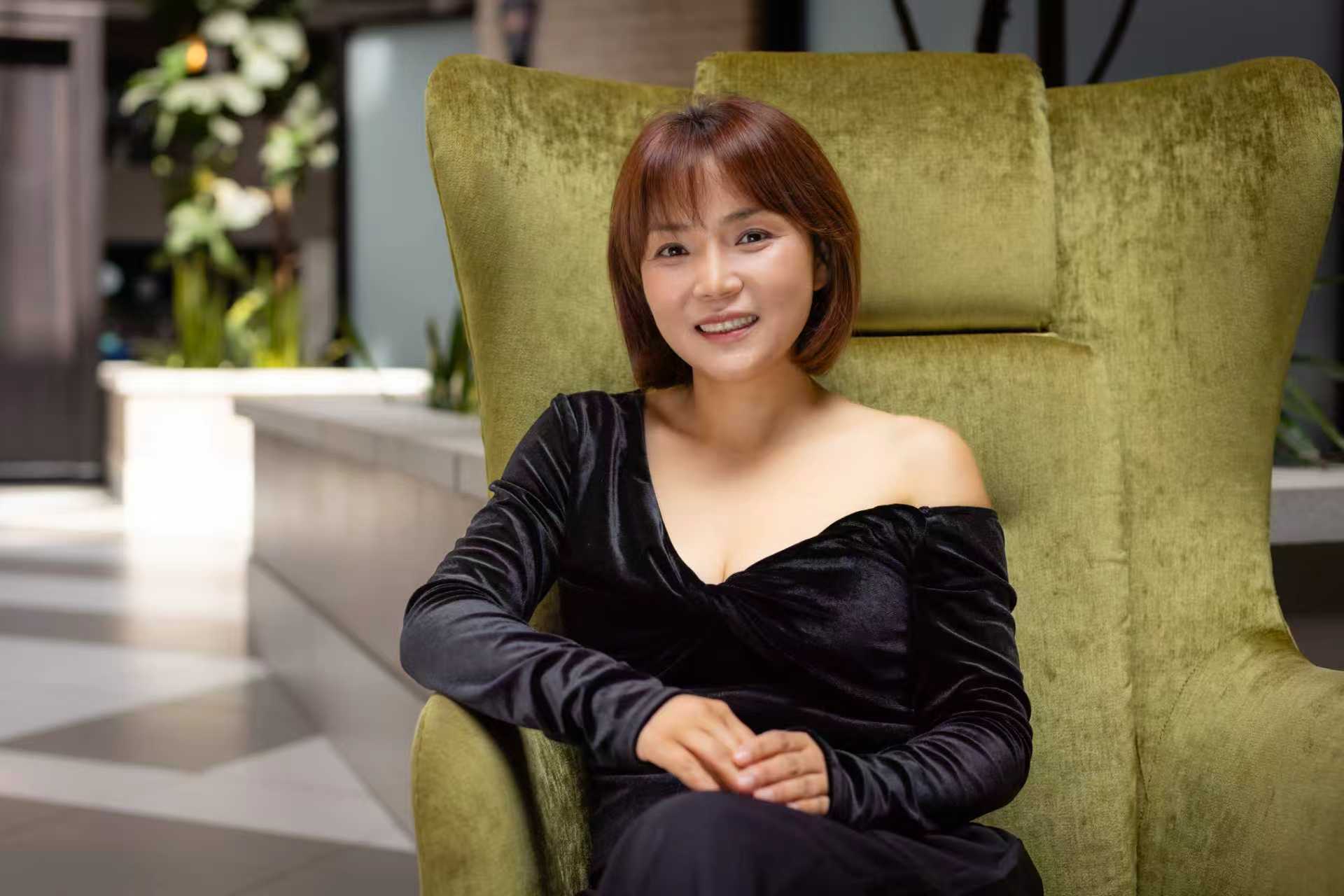We caught up with the brilliant and insightful Kyle Colby a few weeks ago and have shared our conversation below.
Kyle, we’re thrilled to have you on our platform and we think there is so much folks can learn from you and your story. Something that matters deeply to us is living a life and leading a career filled with purpose and so let’s start by chatting about how you found your purpose.
I don’t think purpose arrives all at once. For me, it was something that revealed itself slowly, like a mountain emerging through the fog after sunrise.
I grew up on a steady diet of National Geographic, Discovery Channel, and PBS, mixed with adventure books like Into Thin Air, The Lost World, and Clive Cussler’s Dirk Pitt series. I’d sit up late at night with a flashlight, poring over the pages of National Geographic, mesmerized by the photographs and the people behind them. When I watched David Breashears’ Everest IMAX film, I remember being less captivated by the summit itself and more by the people carrying cameras into the thin air to tell that story. That’s where the seed was planted — not the desire to conquer, but to witness and share.
My grandfather’s old Olympus 35mm camera was my first real connection to that dream. I found it tucked away in a case, complete with a 200mm lens that I desperately wanted to use. My dad made me read a book on photography and explain the basics before he’d trust me with it on a family road trip. It was a small thing, but it taught me that craft requires patience — that every frame has a story behind it. Even then, I didn’t realize I was learning more about storytelling than photography.
The first time I truly felt like a photographer was after a solo trip through Yellowstone and Glacier National Parks in my early twenties. I’d borrowed my now-fiancée’s camera and came back with a handful of images that felt… different. They weren’t perfect, but they captured something I felt. I remember thinking, maybe I could actually do this — maybe I could tell stories through images like Steve Winter or Paul Nicklen.
Photography became my voice around 2013, when I started sharing my travels on Instagram. I was working a demanding job that kept me on the road ten days at a time across the western United States. On my off-hours, I’d take the scenic route, wander through backroads, and chase whatever caught my eye — light breaking through storm clouds, an old building in the desert, a trail that disappeared into mist. My feed became less about showing off and more about connecting. People began following along, sharing their stories, and for the first time, I realized this wasn’t just a hobby — it was a conversation.
There were moments that anchored that realization. One was in Yellowstone, freezing in my tent before sunrise, knowing I’d get up anyway because the light would be worth it. Later that morning, I stumbled across a group of people watching wolves in the Lamar Valley. One man — kind, quiet — let me peer through his spotting scope. I found out years later it was Rick McIntyre, one of the great chroniclers of Yellowstone’s wolves. That moment stayed with me. It wasn’t just about the wolves; it was about being present for something wild and real, something that didn’t need me — yet somehow called to me anyway.
Another moment came in South Africa. My guide, Conrad, and I sat in silence for an hour watching rhinos graze under the late afternoon sun. We swapped lenses, stories, and a few laughs as the light faded. It was the kind of quiet that feels sacred — where time slows down, and you realize you’re exactly where you’re meant to be.
But like any journey worth taking, mine hasn’t been without struggle. Balancing a full-time telecom career, running a martial arts school, and building KColby Photography has never been easy. Creativity often competes with exhaustion, and financial reality tends to temper ambition. There are times when I don’t feel “inspired” — when I don’t want to get up at 5 a.m. to chase a sunrise, or when print sales are slow and engagement dips. But martial arts taught me an essential truth: trust the process. Kaizen — slow, continuous improvement. You keep showing up. The mountain doesn’t move, but you do.
Over time, my photography evolved from capturing “pretty things” to telling deeper stories about conservation, place, and purpose. I realized that if people are going to care about the natural world, they need more than a beautiful image — they need context. They need to understand why a landscape matters, or why a single species carries the weight of an entire ecosystem.
That’s where my guiding philosophy was born: “Make Your Story Worth Reading.”
It’s not just a tagline — it’s how I live. As a historian by training, I’ve always been fascinated by the idea that what endures are our stories: the myths, legends, and truths we leave behind. I don’t want my life to be a series of paychecks and obligations. I want it to be a story of adventure, curiosity, and connection. I want to arrive at the end knowing I lived it — not just endured it.
That’s why I keep going back out there. To Denali, where the cold stings your lungs but the silence is worth it. To Kruger, where the bush hums with unseen life. To the Rockies, my home, where I grew up watching bighorn sheep in Waterton Canyon and learned that wilderness can exist just a few miles from suburbia. Every place I go adds another chapter to the same story — one about finding meaning in exploration and humility in nature.
Today, I see photography as both service and reflection. The natural world doesn’t do its own marketing, and if my images can help someone pause, feel, or care a little more deeply — that’s worth something. It’s also a reminder to myself to slow down, to look closer, and to find peace in the moment.
I hope that when people see my work, they feel a spark of curiosity or empathy. I hope they see the world not as a collection of faraway places, but as a shared home. Maybe they’ll be inspired to write their own story — whatever form that takes.
Looking ahead, I want to bring more of the real process forward — the failures, the waiting, the missed shots — because that’s part of it too. I’d rather show the authentic experience than the polished perfection. I’d rather people see the mud, the patience, the humanity behind each image.
In the end, I’ve realized purpose isn’t a finish line; it’s a direction. Mine points toward the wild — toward the untamed places and the stories that live there.
And as long as there’s a story worth telling, I’ll keep chasing it.
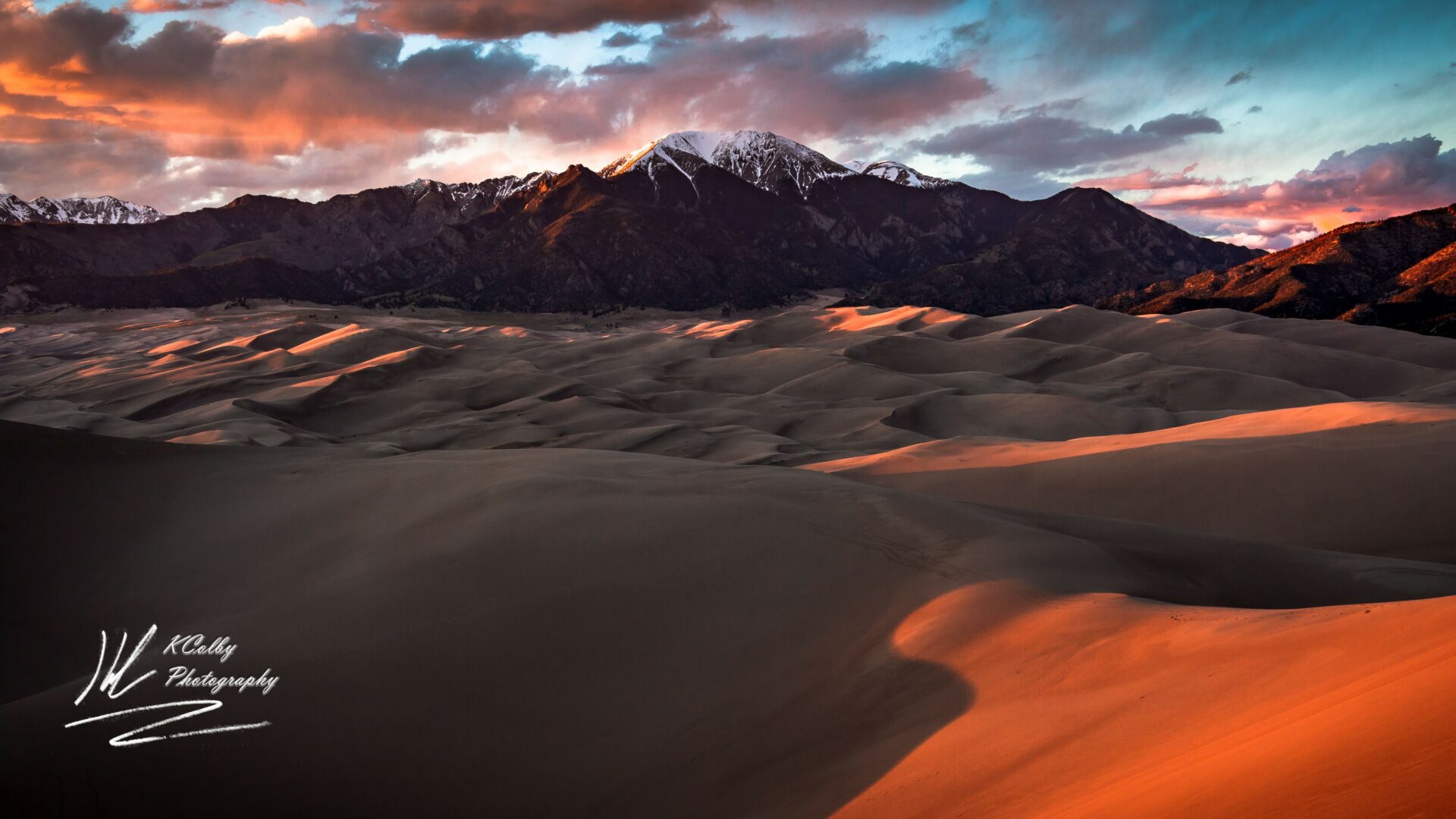

Thanks, so before we move on maybe you can share a bit more about yourself?
KColby Photography is the creative heartbeat of everything I do — it’s where my love for the outdoors, storytelling, and conservation all converge. I specialize in wildlife, landscape, and adventure photography with a simple mission: to connect people to the wild places and moments that still matter.
What makes my work special, I think, is that it’s personal. Every image begins as a journey — a long hike before sunrise, a quiet stakeout in the cold, or a moment of stillness watching the light change across a mountain face. I want viewers to feel like they’re standing there beside me, breathing the same air, feeling the same awe. It’s not about chasing the perfect shot; it’s about sharing the experience and the respect that comes with it.
Over the years, KColby Photography has evolved into more than just images — it’s become a storytelling brand built on conservation and connection. I aim to use my work to foster appreciation for the natural world, while also encouraging ethical practices in photography and travel. From the Colorado Rockies to Alaska and South Africa, I strive to showcase the raw beauty of wildlife and wilderness while reminding people that these places aren’t guaranteed to last without care and protection.
What excites me most right now is expanding the storytelling side of my work. I’m currently developing a wildlife photography book — a narrative-driven project featuring chapters on predators, birds, elusive animals, and winter wildlife. It blends fine-art imagery with personal stories, conservation messages, and behind-the-scenes moments from years in the field. The book will be available in several editions, including a limited signed collector’s edition of 200 copies with exclusive prints and behind-the-scenes content.
I’m also focusing on short-form video storytelling across platforms like YouTube, Instagram, and TikTok. These videos bring people along on adventures — from photographing bighorn sheep in Waterton Canyon to diving with marine life in Bonaire — and share not only the technical side of photography but also the philosophy behind it: respect the shot, respect the subject, and make the moment matter.
Beyond photography, I’m passionate about mentoring others. I’ve run a Taekwon-Do school for over two decades, and that teaching mindset carries into my creative work. Whether it’s a student learning how to throw a proper punch or a beginner learning to shoot manual, I love helping people discover their own voice and confidence through practice and persistence.
Looking ahead, I want KColby Photography to grow into a platform that inspires others to write their own stories. That means more collaboration with conservation organizations, more opportunities to teach and share in the field, and hopefully a few new expeditions — polar bears in the Arctic, tigers in India, and one day, a mountain lion right here in Colorado.
At its core, KColby Photography isn’t just about images — it’s about storytelling, empathy, and preservation. My tagline, “Make Your Story Worth Reading,” isn’t just a phrase I print on business cards. It’s a way of living — a reminder that every day, every adventure, and every image is another line in the story we leave behind.


Looking back, what do you think were the three qualities, skills, or areas of knowledge that were most impactful in your journey? What advice do you have for folks who are early in their journey in terms of how they can best develop or improve on these?
Looking back, there are three things that have shaped my journey more than anything else: patience, adaptability, and discipline. None of them came easy. These are skills that had to be earned, over years of trial, error, and a fair share of missed shots both behind the camera and in life.
Patience
Photography, like most meaningful things, rewards patience. You can’t rush light, weather, or wildlife. Sometimes you sit for hours, or even days, waiting for that one moment to unfold — and it might not come at all. Early on, that used to frustrate me. Now I see it differently. Those long waits in the cold or the quiet are part of the experience. They teach you to slow down, to observe, to listen.
In martial arts, we say the same thing: repetition and time are the only paths to mastery. You can’t skip the work. My advice to anyone starting out is simple and don’t chase instant results. Learn to be still, to keep showing up even when nothing’s happening. The reward often comes in the quiet moments you didn’t expect.
Adaptability
If you spend enough time outdoors, you’ll learn quickly that nature doesn’t care about your plans. Batteries die, weather shifts, animals vanish, and your “perfect shot” goes sideways in seconds. The same goes for life and career: you can plan meticulously, but sometimes you just have to pivot.
I’ve learned to adapt, whether it’s balancing a full-time telecom career with creative work or turning a failed outing into a teaching moment. Adaptability isn’t just reacting; it’s staying curious, learning new skills, and adjusting your expectations without losing your direction. My advice? Don’t be afraid to start over, try again, or shift your approach. Some of my best images came from Plan “C.” or even a last minute “audible”.
Discipline
Discipline is the bridge between intention and outcome. It’s the reason I get up before dawn, the reason I hike in freezing wind, and the reason I keep refining my craft even when no one’s watching. It’s also what keeps me grounded in everything I do: from running a martial arts school to managing national sourcing contracts to chasing wildlife across continents.
Discipline isn’t about rigidity; it’s about commitment. You don’t need to be perfect, you just need to keep going. If you’re passionate about something, build a routine around it. Protect the time it deserves. When motivation fades (and it will), discipline is what carries you through.
If I had to sum it up, I’d say this: be patient enough to wait for the right light, adaptable enough to change when life throws curveballs, and disciplined enough to keep showing up even when no one else does.
Those three things, practiced consistently, can turn a passion into a purpose, and a dream into something that lasts.
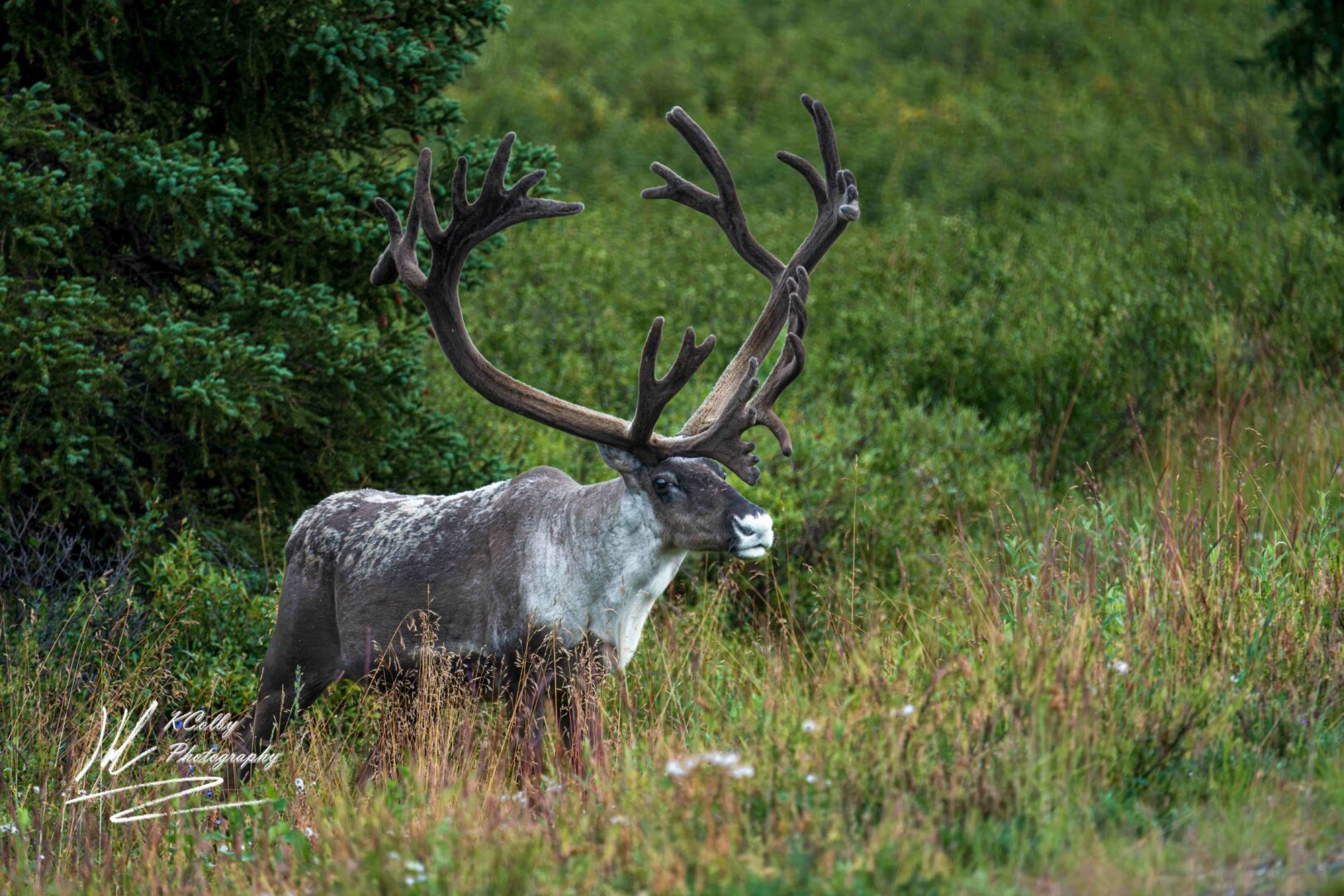

How can folks who want to work with you connect?
I’m always open to working with brands, conservation organizations, tourism boards, and fellow creatives who value authenticity over perfection. Whether it’s a joint project focused on wildlife conservation, an educational campaign about responsible travel, or simply an adventure worth documenting, I’m interested in partnerships that help tell meaningful stories and make a positive impact.
I love working with other photographers, filmmakers, writers, and scientists who see the world with the same sense of curiosity and respect — people who understand that the best stories aren’t staged; they’re discovered. I’ve learned that collaboration isn’t about blending into one another’s work — it’s about amplifying what each person brings to the table.
At its core, KColby Photography is about connection: connecting people to wild places, connecting stories across disciplines, and connecting with those who want to make a difference. So if you’re reading this and feel that pull — whether you’re a creative, a brand, or a conservationist — I’d love to hear from you
Contact Info:
- Website: https://www.kcolbyphotography.com
- Instagram: @KColby87
- Facebook: https://www.facebook.com/kcolbyphotography/
- Twitter: @KColby87
- Youtube: https://www.youtube.com/@Kcolbyphotography1
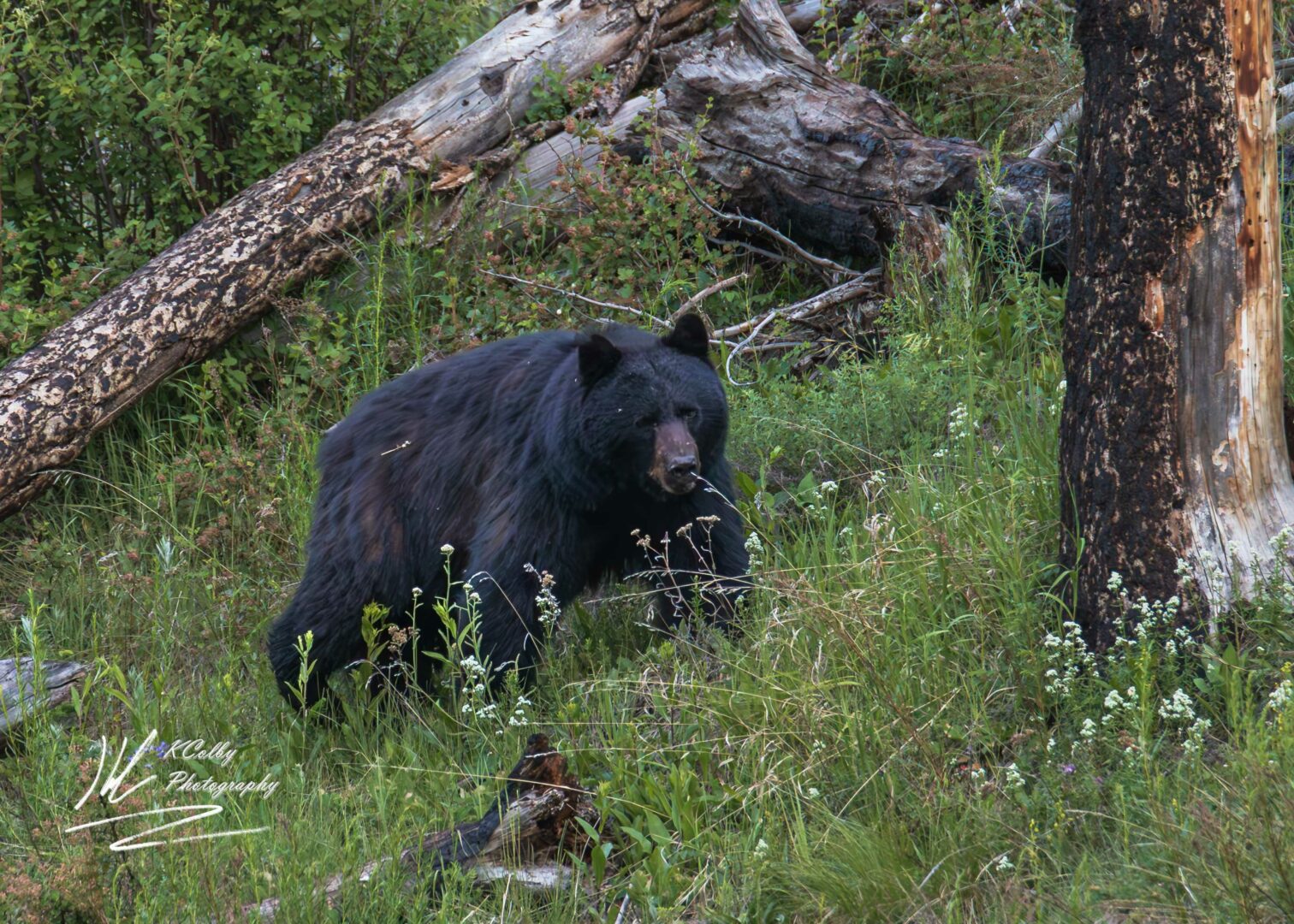
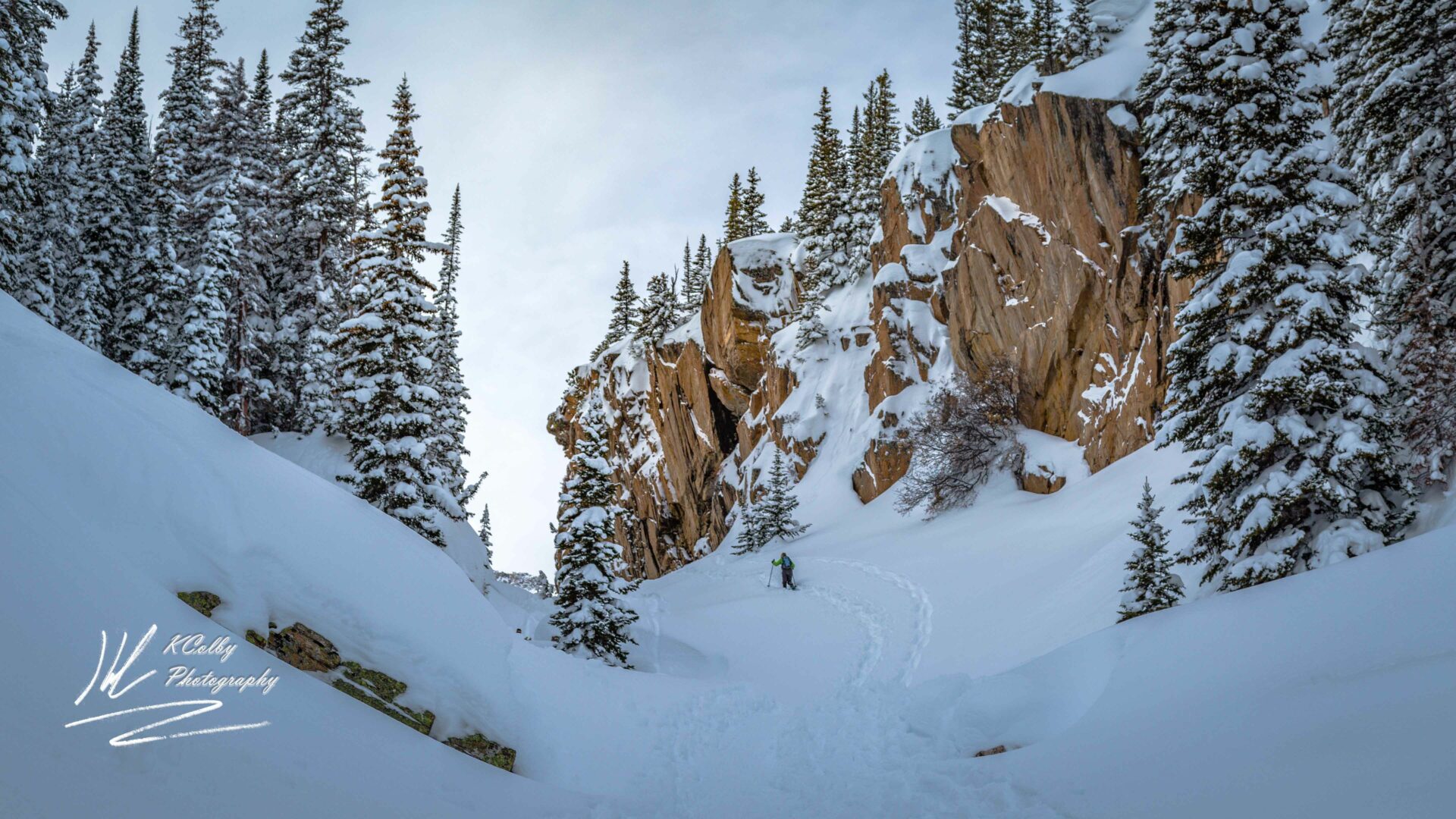
Image Credits
Kyle Colby, KColby Photography
so if you or someone you know deserves recognition please let us know here.

